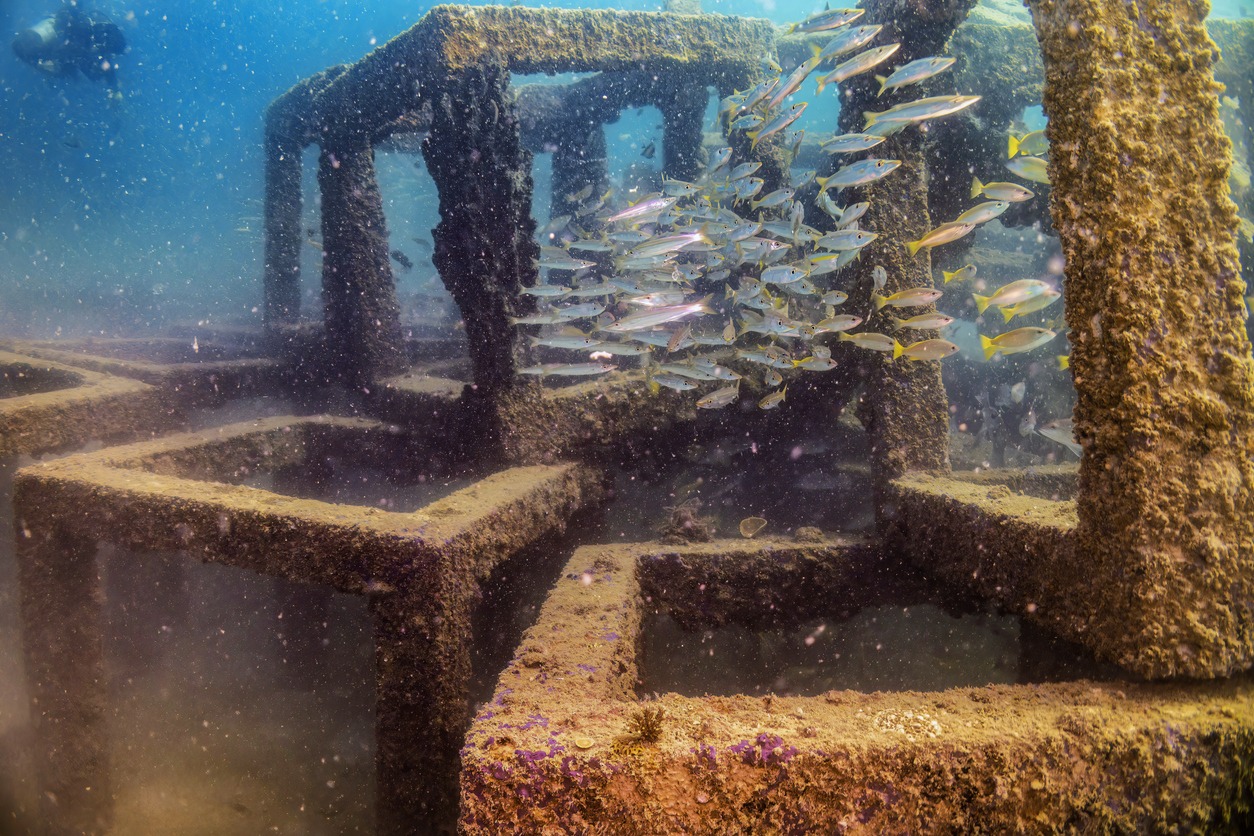Symmetry, Vol. 17, Pages 1565: Application of the Finite Element Method in Stress and Strain Analysis of Spherical Tank for Fluid Storage
Symmetry doi: 10.3390/sym17091565
Authors:
Halima Onalla S. Ali
Vladimir Dedić
Jelena Živković
Nenad Todić
Radovan Petrović
Symmetry plays a key role in the study of stress and strain analysis of spherical tanks, as described in detail in the main text. The inherent geometric symmetry of a spherical tank–being uniform in all directions from its center–allows for significant simplification of finite element models. This radial symmetry means that the stress and strain fields under uniform internal pressure are also symmetrical, reducing the computational domain to a small, representative portion of the tank rather than the entire structure. By using these symmetry principles, the study not only ensures the accuracy of its predictions but also achieves a high degree of computational efficiency, making complex engineering problems easier and more accessible. The application of symmetry, therefore, is not just a theoretical concept but a practical tool that underlies the methodology and success of this analysis. This study investigates the mechanical behavior of a spherical tank subjected to internal fluid pressure, utilizing the finite element method (FEM) as a primary analytical tool. Spherical tanks are widely used for the storage of various fluids, including liquefied natural gas (LNG), compressed gases, and water. Their design is critical to ensure structural integrity and safety. This research aims to provide a comprehensive stress and strain analysis of a typical spherical tank, focusing on the hoop and meridian stresses, and their distribution across the tank’s geometry. A 3D finite element model of a spherical tank will be developed using commercial FEA software. The model will incorporate realistic material properties (e.g., steel alloy) and boundary conditions that simulate the support structure and internal fluid pressure. The analysis will consider both linear elastic and potentially non-linear material responses to explore the tank’s behavior under various operational and overpressure scenarios. The primary objectives of this study are as follows: (1) determine the maximum principal stresses and strains within the tank wall, (2) analyze the stress concentration at critical points, such as support connections and nozzle penetrations, and (3) validate the FEM results against classical analytical solutions for thin-walled spherical pressure vessels. The findings will provide valuable insights into the structural performance of these tanks, highlighting potential areas of concern and offering a robust numerical approach for design optimization and safety assessment. This research demonstrates the power and utility of FEM in engineering design, offering a more detailed and accurate analysis than traditional analytical methods.
Source link
Halima Onalla S. Ali www.mdpi.com


